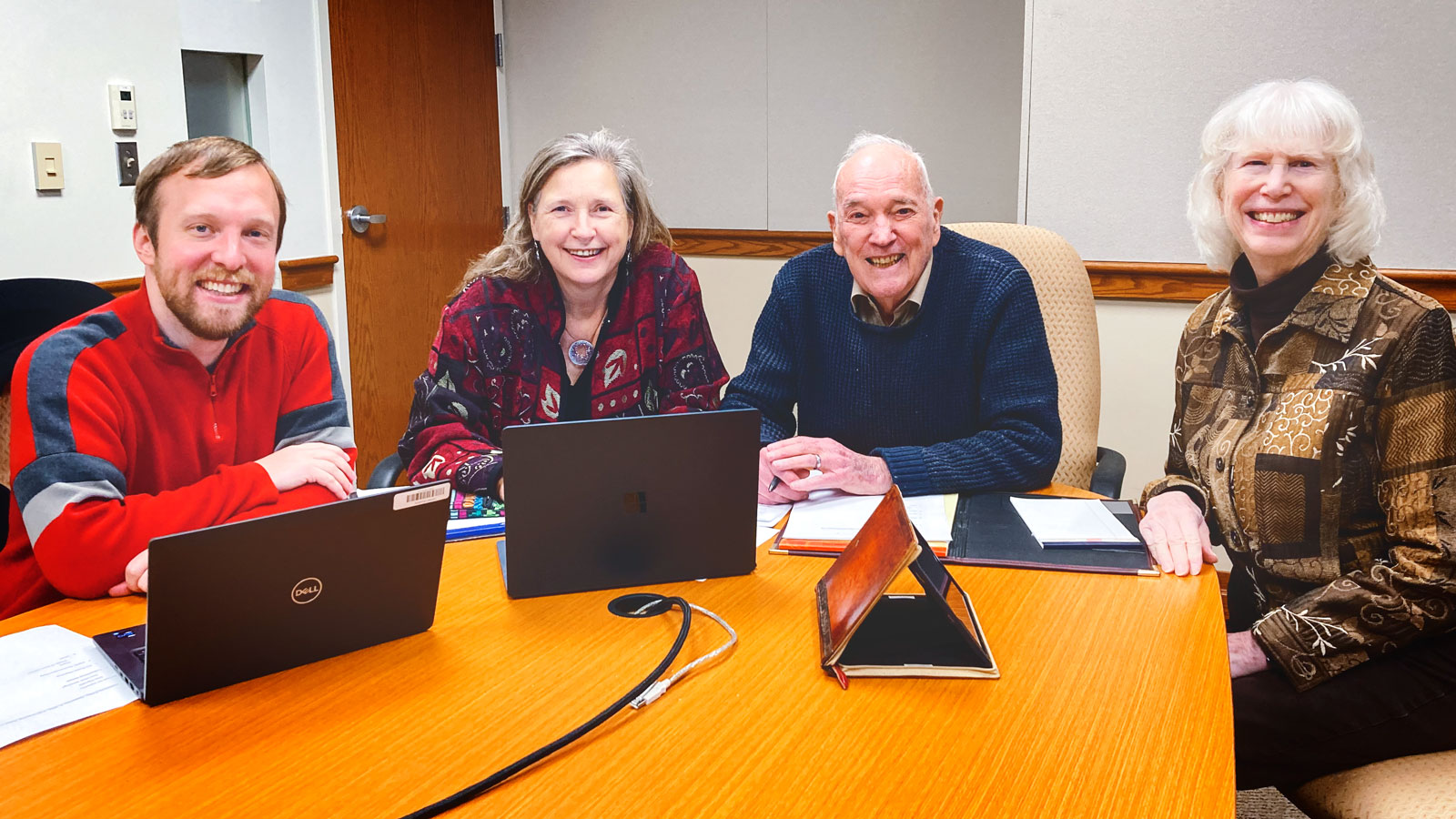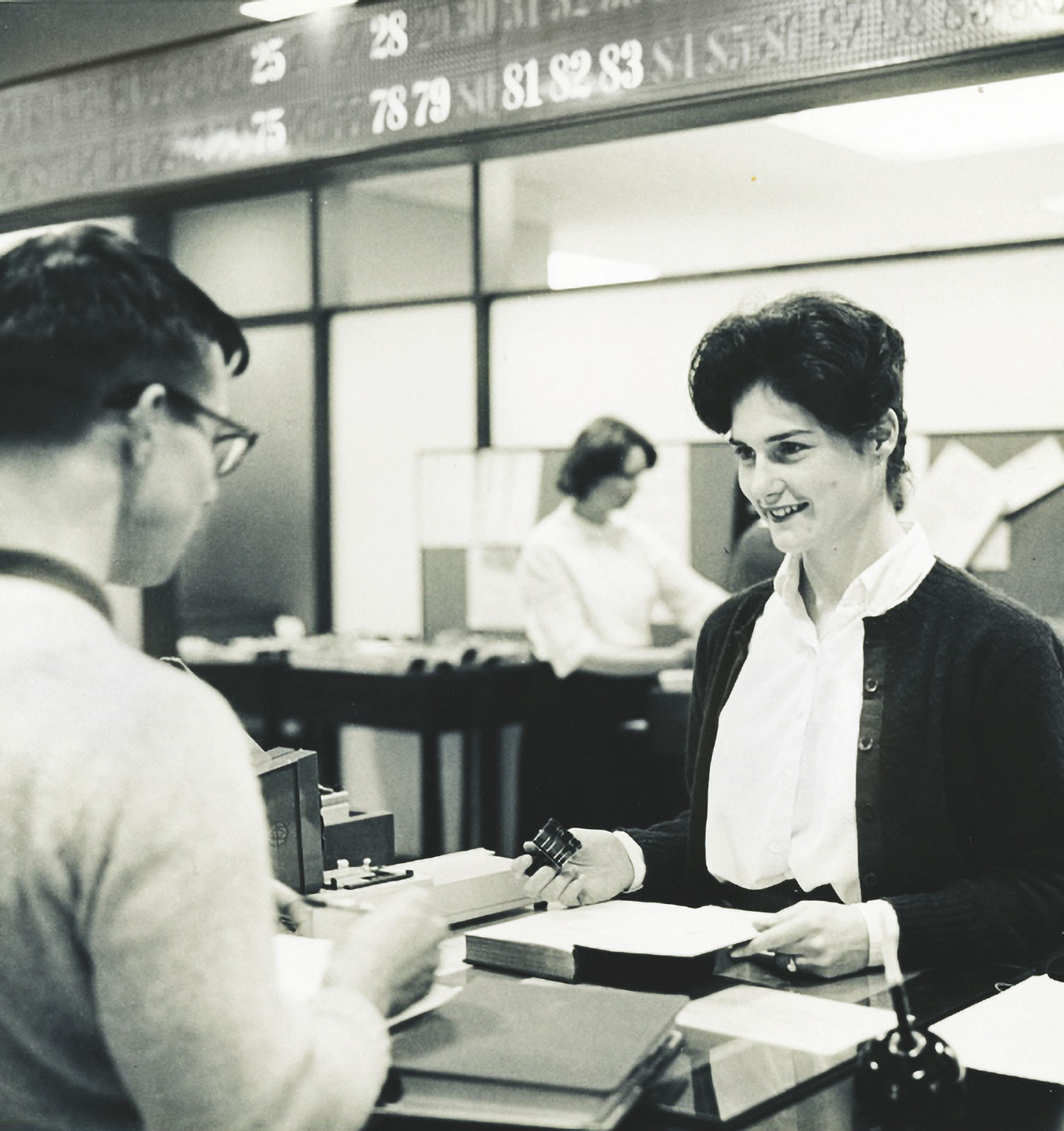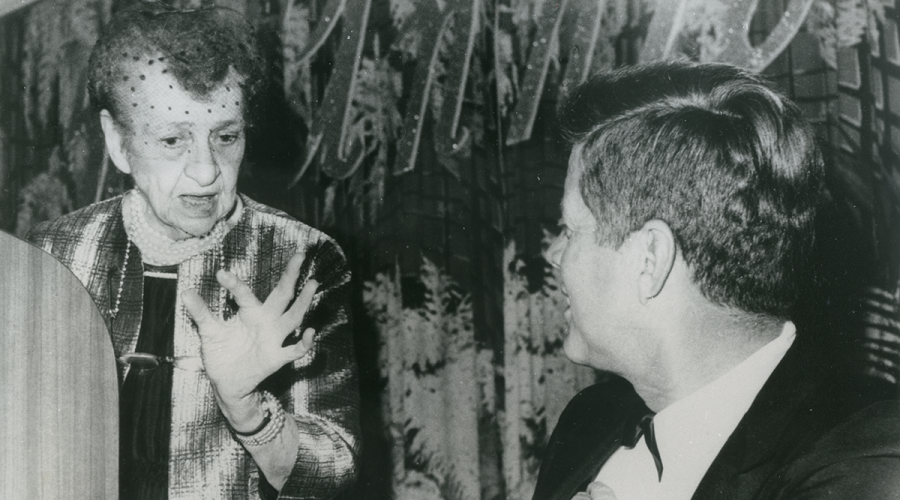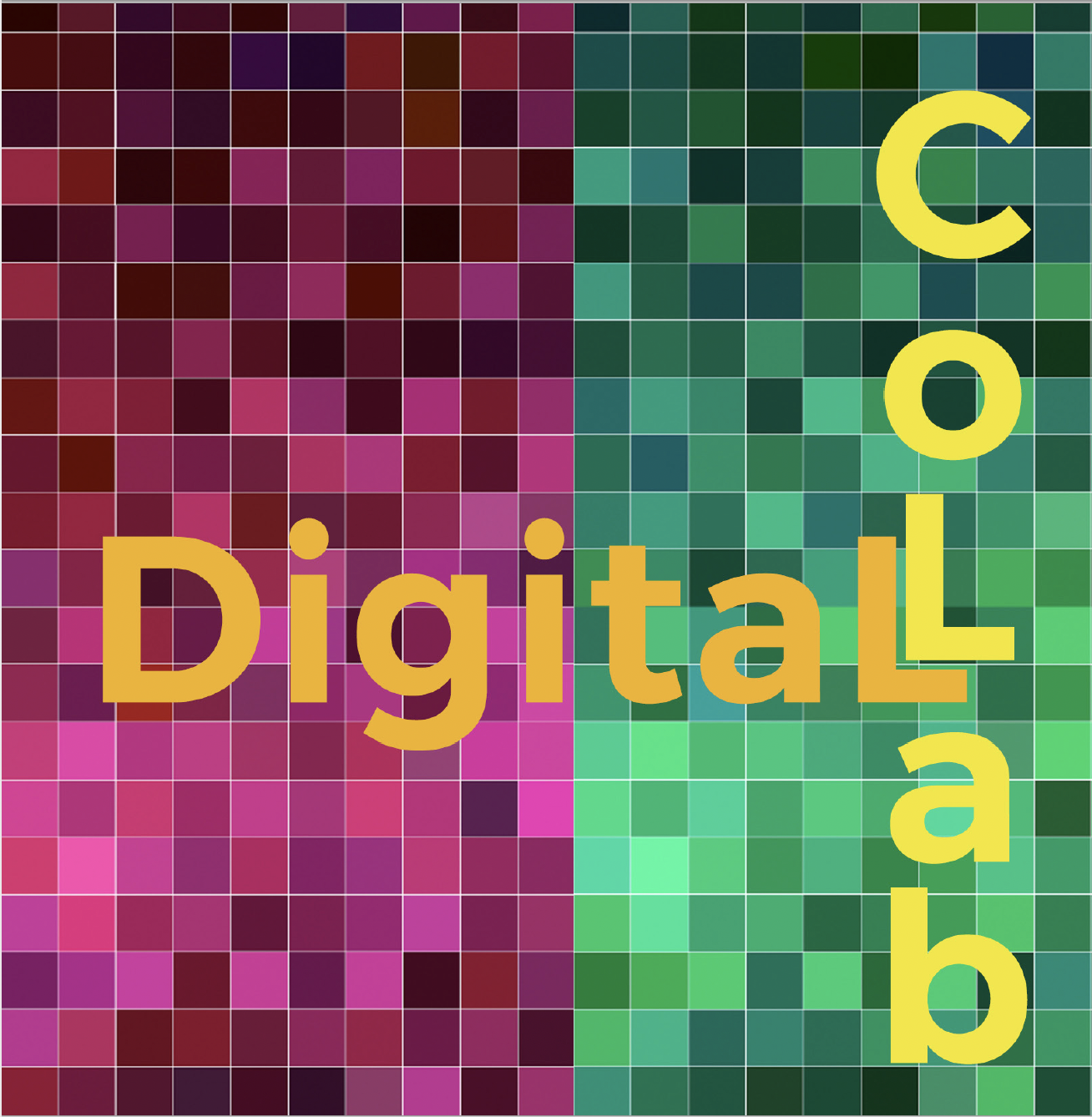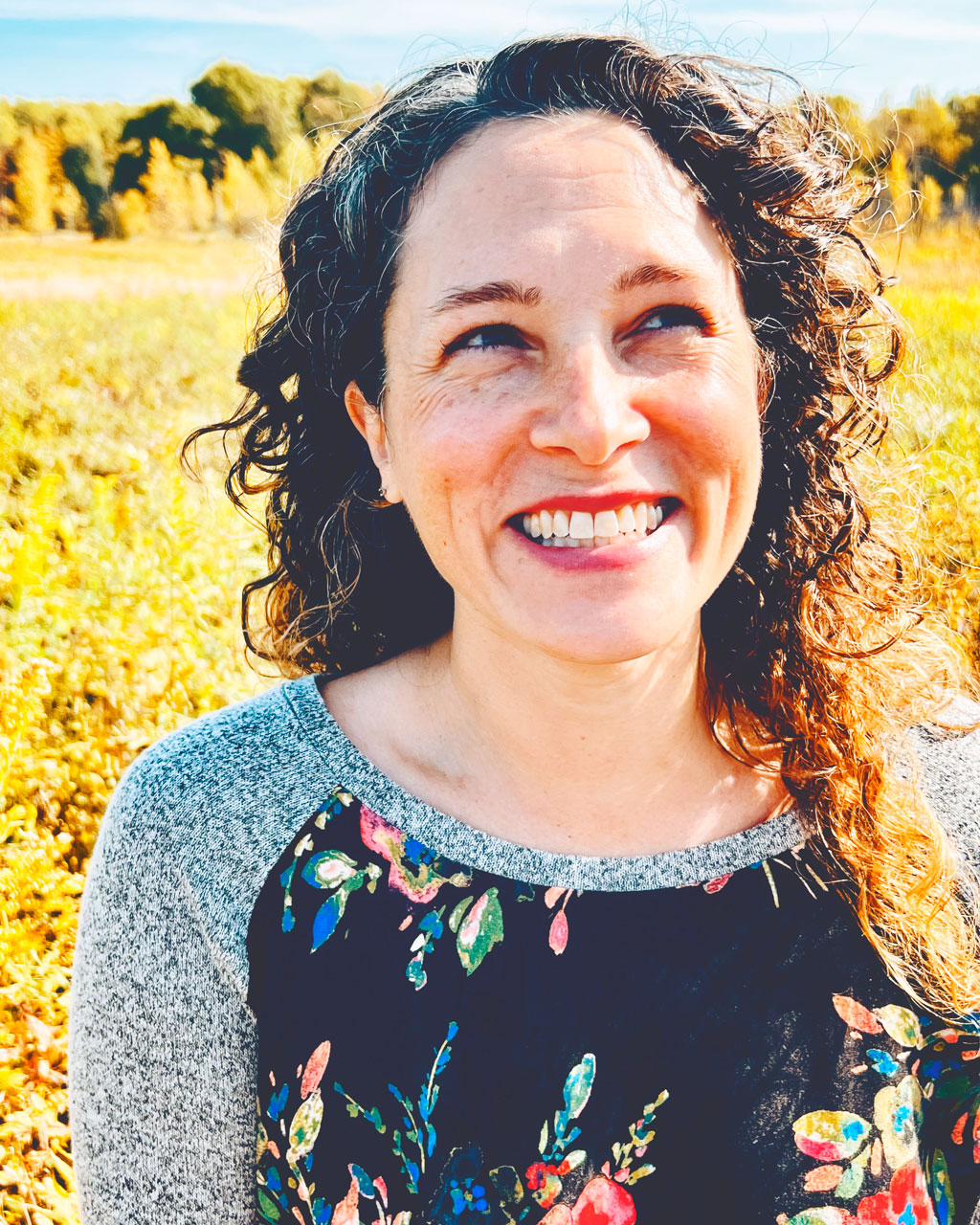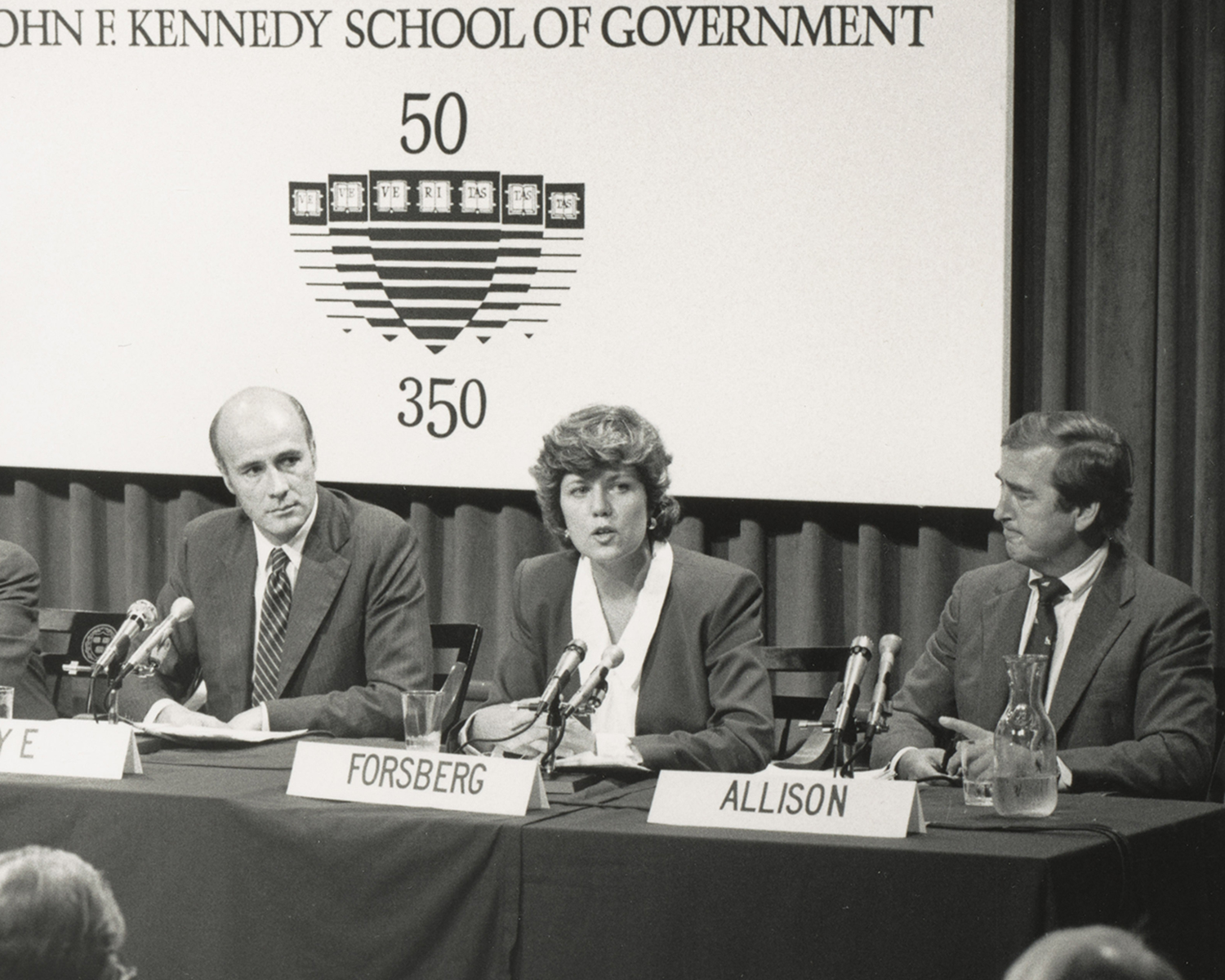
“We will not quietly stand by and watch our world go up in flames and radiation,” the late scholar-activist Randall Forsberg once roused a crowd of more than 700,000 protestors in New York’s Central Park, calling for an end to the nuclear arms race between the United States and the Soviet Union.
Recently, Cornell University Library has launched an online selection of recorded and written speeches, testimonies, and correspondence by Forsberg, who was a leader of the international Nuclear Freeze movement and the founder and director of the Boston-based Institute for Defense and Disarmament Studies (IDDS).
Titled Randall Forsberg and the Nuclear Freeze Movement: Selected Materials from the Institute for Defense and Disarmament Studies Archive, the collection is the culmination of a project led by Matthew Evangelista, professor of government; Agnieszka Nimark, visiting scholar at the Judith Reppy Institute for Peace and Conflict Studies; and Judith Reppy, professor emerita in the Department of Science and Technology Studies. The library’s Grants Program for Digital Collections in Arts and Sciences provided funding along with curatorial and digitization support.
The IDDS archive and Forsberg’s work can help to illuminate today’s issues, according to Evangelista.
“At a time when the United States has been engaged in more than 20 years of continuous warfare, the legacy of the IDDS is more relevant than ever,” he said.
“The institute combined the study of military policy with initiatives to reduce the prevalence of weapons and armed conflict,” he explained. “Whether you are interested in learning about techniques of analyzing military forces and arms-control proposals or founding a social movement to end war, there is something for you in the archive.”
Of personal interest to Evangelista is Forsberg’s Bertrand Russell Peace Lecture in 1989.
“She talks about growing up in Alabama and how it shaped her later understanding of the relationship of racism to issues of war and peace, and includes some self-criticism of early failures to recognize the problem of discrimination on the basis of gender identity and sexuality – still very timely topics,” he said.
The collection also offers insights into Forsberg’s process of drafting and revision, according to Nimark.
“We have various drafts of important papers that she wrote like the call to halt the nuclear arms race that basically started the movement,” she said. “Forsberg’s presentation of Soviet experts’ views on nuclear disarmament and the Freeze proposal after her visit to Moscow, various discussions with other scholars, private letters, all these original documents are very interesting to see.”
Nimark explained that the online collection is but a sampling of the expansive physical IDDS archive – which includes the institute’s publications such as the Arms Control Reporter, the World Weapon Database, and the Peace Resource Book – physically available at the library’s Division of Rare and Manuscript Collections.
Nimark expects that the digitized highlights will attract researchers to visit the full archive and create new scholarship, in the same way she has been inspired to pursue her current oral history project documenting the Nuclear Freeze movement on a local level.
“I realized that the Tompkins County Nuclear Weapons Freeze Campaign was very active and was one of the best organized in the country,” she said. “I started to look for people who were involved in the freeze movement in the ’80s and I was very lucky to discover the main organizers and coordinators still living here.”
This story also appeared in the Cornell Chronicle.
